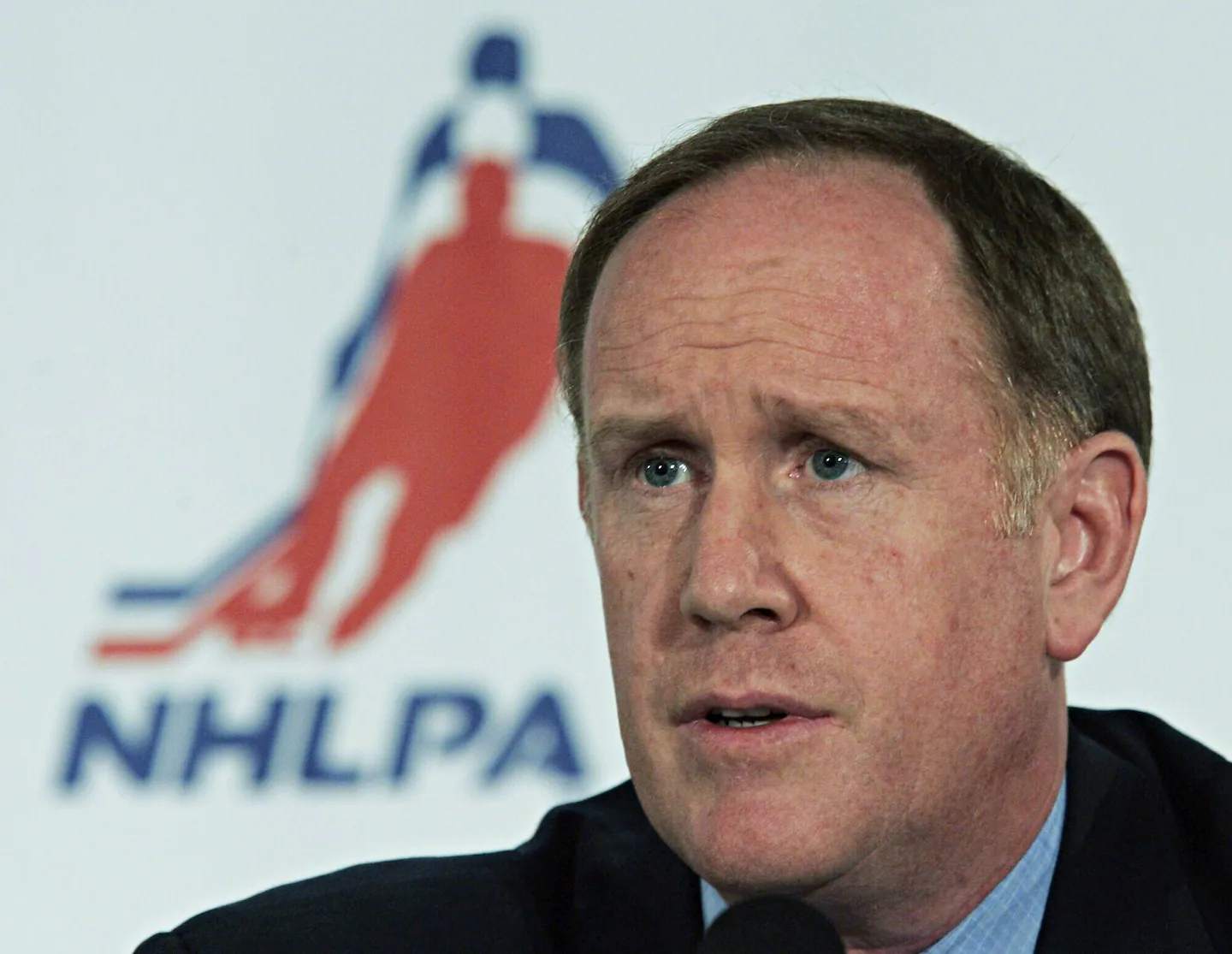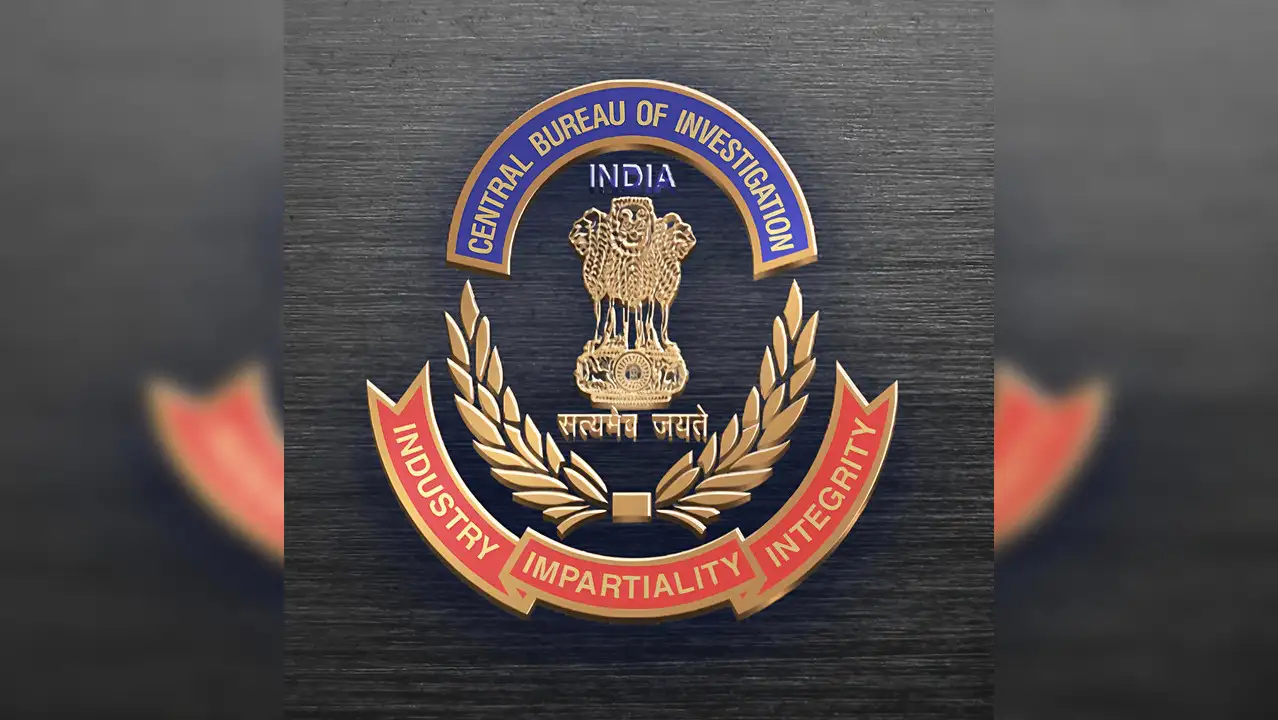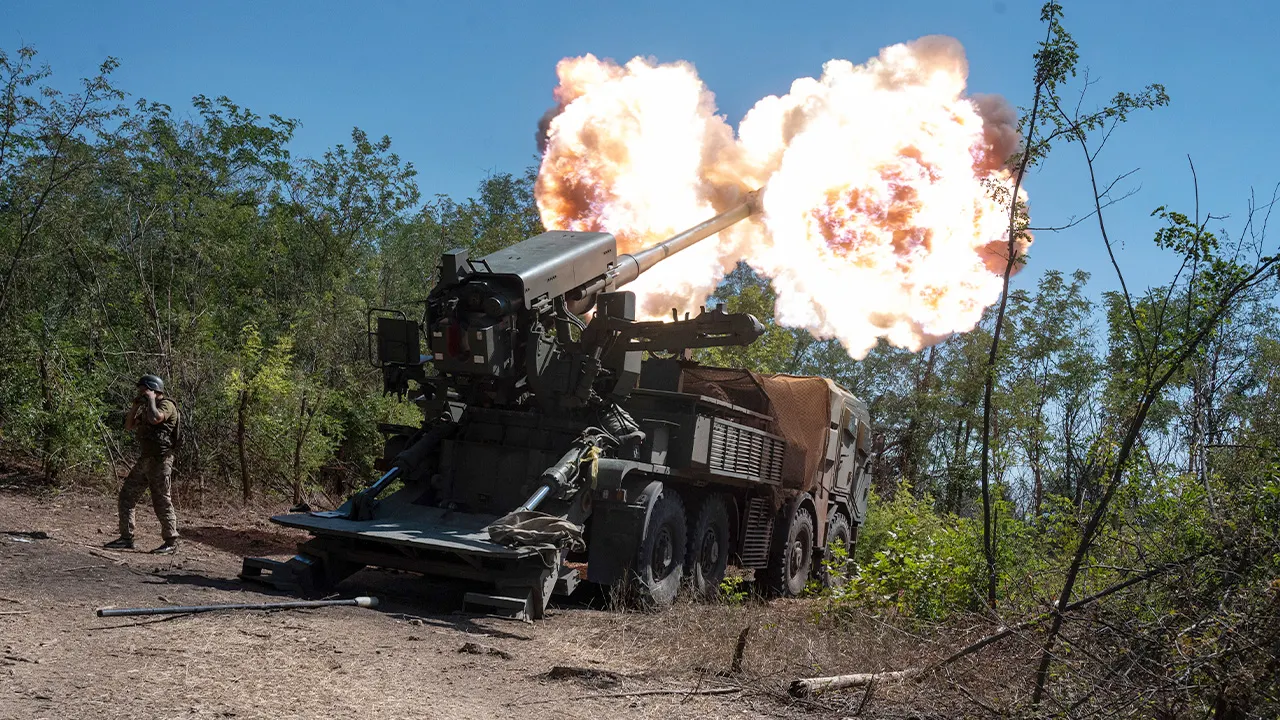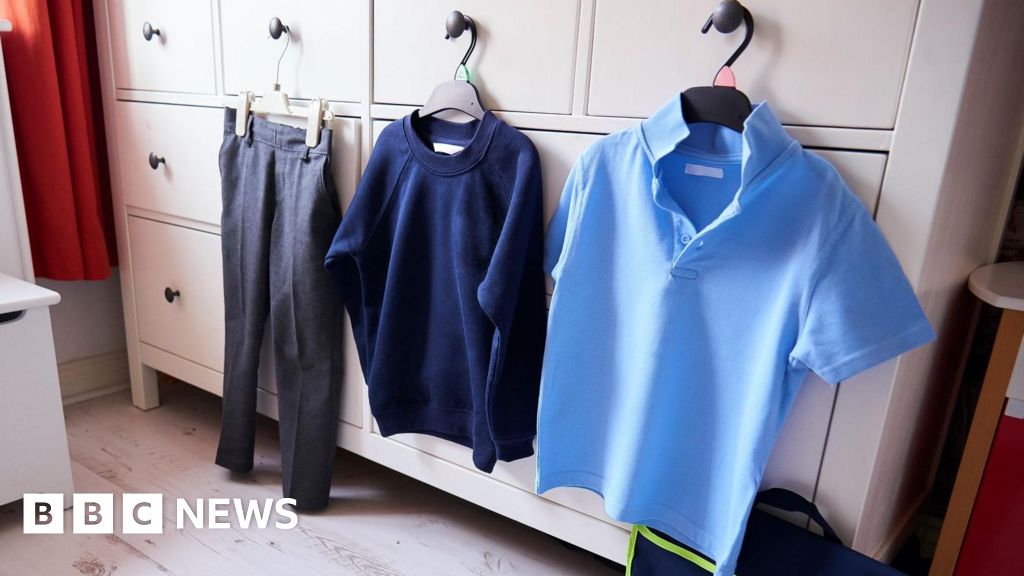
For more than 30 years, the NHL Players Association had been run as a fief by Alan Eagleson, who was known for his cozy relationships with the league’s president, John Ziegler, and powerful team owners. In 1998, years after leaving the union, Eagleson would plead guilty in US and Canadian courts to fraudulent schemes including using union funds for himself.
Bruce Dowbiggin, a Canadian sports journalist, compared Mr. Goodenow with Marvin Miller, the baseball union’s revolutionary leader. “Bob created a collective consciousness among players,” Dowbiggin said in an interview, “and gave them some backbone that they hadn’t had before.”
A few months after Mr. Goodenow took over from Eagleson — and just before the 1992 playoffs were to begin — the union went on strike.
“Strike? The NHL Players Association?” Sports Illustrated asked sardonically. “Isn’t this the historically apathetic, just-happy-to-be-here bunch that has never filed an antitrust suit, much less gone on strike, in its 25-year existence?”
The magazine called Mr. Goodenow “a burr in the backside” of Ziegler.
The strike wrapped up after 10 days with a one-year agreement that excluded a salary cap — something that owners coveted as a way to help them plan player costs but that was anathema to players — and included concessions by owners on free agency and trading card revenue. It also extended the season to 84 games from 80.
“We got our message through loud and clear,” Mr. Goodenow said after the settlement was announced, adding, “We are not going to be just lap dogs.”
The labor peace did not last long. The league, now run not by a president but by a commissioner, Gary B. Bettman, locked the players out of the 1994-95 season for 103 days. With a few days to go before the league’s threatened deadline to cancel the season, Mr. Goodenow told reporters, “I don’t think there should be optimism.”
The lockout ended shortly afterward, with a six-year agreement, and the 1994-95 season was slashed to 48 games. The deal favored the owners by putting restrictions on rookie salaries, arbitration, and free agency, but it again excluded a salary cap, as well as the payroll tax that owners wanted.
Robert William Goodenow was born Oct. 29, 1952, in Dearborn, Mich. His father, Joseph, was the general manager of a small pharmaceutical company in Detroit, and his mother, Rosemary (Conley) Goodenow, ran the home.
Mr. Goodenow started playing hockey at a young age, first at an outdoor rink near his home and then for the Detroit Olympia Agencies, a junior league team where his teammates included Mark and Marty Howe, sons of Detroit Red Wings great Gordie Howe. At Harvard University, where he earned a bachelor’s degree in government in 1974, he was also the hockey team’s co-captain during the 1973-74 season.
He played for the US national team in the 1974 and 1975 world championships and for the Flint Generals of the International Hockey League from 1974 to 1976. He also tried out for the Washington Capitals but did not make the team.
With his playing career behind him, he returned to his education, earning a degree from the University of Detroit (now the University of Detroit Mercy) School of Law in 1979.
As a lawyer, he represented some companies in negotiations against their employees, including a firefighting equipment company that successfully fought off a union organizing effort. His clients also included Brett Hull and 21 other NHL players.
Mr. Goodenow was hired by the union in 1990 as its deputy executive director. He replaced Eagleson on Jan. 1, 1992, as investigations advanced into Eagleson’s business practices in the United States and Canada.
By the time collective bargaining negotiations began before the 2004-5 season, the average NHL player’s salary had risen to about $1.8 million from $271,000. More than ever, the league pressed for a salary cap, to help stem losses that Bettman said had amounted to nearly $2 billion in the previous decade.
“This union’s leadership negotiates by confrontation,” he said. “We are hurting.”
Mr. Goodenow responded: “Gary wants a salary cap. Until he gets off the salary cap issue, there’s not a chance” of an agreement.
The subsequent lockout, which began in mid-September, turned into a long standoff. In February, the league canceled what was left of the season.
“I admired, on some level, his tenacity and how passionate he was about the positions he took,” Bill Daly, the league’s executive vice president during the lockout, said in an interview. “But we were bound and determined to get cost certainty, aka a salary cap, and Bob tried at all costs to avoid it. It was almost religious to him to avoid a cost certainty system.”
The union’s executive committee outvoted Mr. Goodenow and decided to pursue its acceptance of a cap, according to The Toronto Globe and Mail — a turning point that led to the end of the lockout in July. He resigned six days after the agreement was announced.
“He had his legs cut off, and at that point he was done,” said Dowbiggin, the author of “Money Players: The Amazing Rise and Fall of Bob Goodenow and the NHL Players Association” (2006). “The players just lost their nerve.”
While leading players in collective bargaining negotiations, Mr. Goodenow also expanded the union’s staff to more than 50 from the three employees it had under Eagleson. He agreed with the league to start the World Cup of Hockey in 1996, and to bring NHL players to the Winter Olympics for the first time — they competed for their own countries at the 1998 Nagano Games. He established the agent certification program, developed with the league a substance abuse program for players and their families, and was a founder of a union group that donates new hockey equipment to grass-roots youth hockey programs.
Mr. Goodenow and Wendy Schrock started dating during their junior year in high school and married in 1977. In addition to her, he leaves two daughters, Katherine and Kerry Goodenow; a son, Joe; three grandchildren; and a brother, Charles.
In the years since leaving the union, Mr. Goodenow was a member of the Hockey Hall of Fame’s board of directors and worked as an investor and consultant in various businesses, including Suburban Sports Group, which runs ice sports facilities and grew out of a summer hockey school that Mr. Goodenow started to put himself through law school. He remained a part owner of the current company.
A few days before his death, Mr. Goodenow was on the ice helping to coach his 8-year-old grandson, R.L. — an extension of his years of coaching his son and his teammates in the 1980s and ’90s, and helping to coach a high school team in Pittsburgh.
“Over the years, as these players grew up and went out into the world,” Wendy Goodenow said in an email, “he would often find himself surprised to hear ‘Coach Bob?’ in all kinds of settings.”



